Hi there, pet lovers! 🦔
Looking for a unique, low-maintenance pet that’s as fascinating as it is adorable? The Hedgehog Tenrec (Echinops telfairi) might just be the perfect choice. Often mistaken for hedgehogs, these small, spiky mammals are actually more closely related to elephants and manatees! Native to Madagascar, Hedgehog Tenrecs are gaining popularity as exotic pets due to their quirky personalities, manageable care requirements, and long lifespans.
In this detailed review, we’ll cover everything you need to know about Hedgehog Tenrecs—from their temperament and care needs to their unique behaviors and why they might just be a better option than traditional hedgehogs.
Overview
Hedgehog Tenrecs are small, insectivorous mammals known for their spiky appearance and fascinating adaptations. Unlike true hedgehogs, they have a different evolutionary lineage and exhibit some distinct behaviors. Here’s a quick summary of what makes them special:
- Handling and Temperament: Generally shy but can be socialized; less prone to curling into a spiky ball.
- Care and Maintenance: Low-maintenance but require specific humidity, temperature, and diet.
- Health and Durability: Hardy with a long lifespan; sensitive to improper environmental conditions.
- Availability: Rare in the pet trade but obtainable through specialized breeders.
- Cost: Moderate initial investment for the animal and setup.
Overall: A fantastic alternative to hedgehogs for those seeking an exotic, long-lived, and interactive small pet.

Why Choose a Hedgehog Tenrec?
Hedgehog Tenrecs are ideal for exotic pet enthusiasts who want something different from the usual hamster or hedgehog. Their long lifespan (10-15 years), low odor, and relatively simple care make them a rewarding pet for dedicated keepers. Plus, their unique behaviors—like sand bathing and climbing—add an extra layer of fascination.
Unlike hedgehogs, they don’t poop while running, meaning no messy “poo boots” to deal with. They’re also less temperature-sensitive than hedgehogs, though they still require proper heating.
Handling and Temperament
Hedgehog Tenrecs are shy by nature but can become quite comfortable with regular, gentle handling. While they may not be as naturally social as rats or ferrets, they can form bonds with their owners over time.
Personality Variations
- Some are curious and exploratory, while others prefer to stay hidden.
- Unlike hedgehogs, they rarely curl into a defensive ball—instead, they may hiss or even give a warning nip if stressed.
- Once socialized, they enjoy climbing on their owners and exploring.
Handling Tips
- Start slow—let them get used to your scent before picking them up.
- Support their body when holding them; they’re agile climbers but can still fall.
- Avoid sudden movements or loud noises, as they can startle easily.
Biting Behavior
While not common, Hedgehog Tenrecs may bite if they feel threatened. Their bites are not severe, more of a pinch than a wound. Proper socialization minimizes this risk.
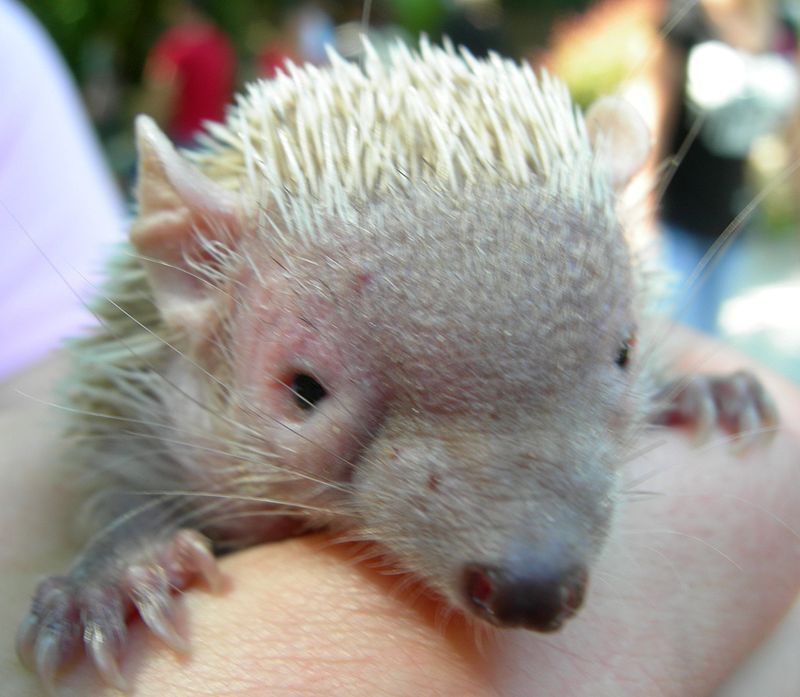
Care and Maintenance
Hedgehog Tenrecs are low-maintenance compared to many small mammals, but they do have specific needs.
Enclosure Setup
- Size: A 20-gallon tank or larger (front-opening terrariums work best).
- Climbing Space: Being semi-arboreal, they need branches, ledges, and hiding spots.
- Substrate: Paper towels, reptile carpet, or coconut fiber (avoid loose substrates).
- Hiding Spots: Provide multiple hides to make them feel secure.
Temperature & Humidity
- Daytime Temp: 72-80°F (22-27°C)—avoid extreme heat.
- Nighttime Temp: Can drop slightly but not below 65°F (18°C).
- Humidity: 50-70%—light misting helps, but avoid excessive dampness.
Feeding
- Staple Diet: High-quality insectivore kibble (some cat foods work if properly supplemented).
- Live Insects: Crickets, mealworms, and dubia roaches (calcium-dusted).
- Supplements: Calcium is crucial to prevent metabolic bone disease.
Lighting
- No UVB required, but a low-level heat lamp can help maintain temperature.
- Natural day/night cycles are beneficial.
Health and Durability
Hedgehog Tenrecs are generally hardy, but improper care can lead to health issues.
Common Health Concerns
- Metabolic Bone Disease (MBD) – Caused by calcium deficiency.
- Respiratory Infections – Due to incorrect humidity or drafts.
- Obesity – Overfeeding or lack of exercise can be an issue.
Preventative Care
- Regular weight checks to monitor health.
- Clean enclosure to prevent bacterial growth.
- Proper diet with calcium supplementation.
With good care, Hedgehog Tenrecs can live 10-15 years, making them a long-term commitment.
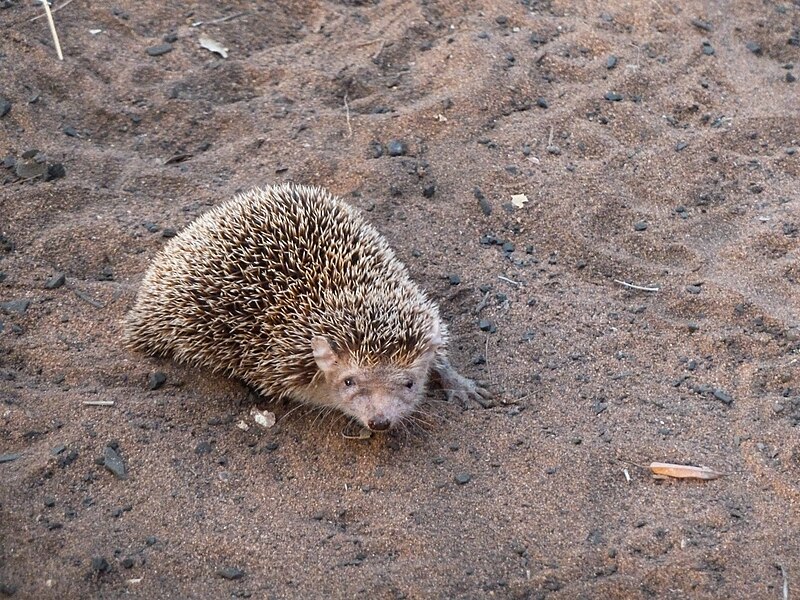
Availability and Cost
Hedgehog Tenrecs are not as common as hedgehogs, but they can be found through specialized breeders and exotic pet expos.
Where to Buy
- Reputable Breeders – Best for healthy, well-socialized Tenrecs.
- Expos – Occasionally available at reptile/insectivore shows.
- Online Exotics Groups – Some breeders ship, but always check reviews.
Cost Breakdown
- Tenrec Price: $200-$500, depending on breeder and availability.
- Setup Cost: $150-$300 (enclosure, heating, substrate, hides).
Pros and Cons
Pros
✅ Long lifespan (10-15 years).
✅ Low odor compared to other small mammals.
✅ No “poo boots” (unlike hedgehogs).
✅ Unique behaviors (sand bathing, climbing).
✅ Less prone to curling into a spiky ball.
Cons
❌ Rare and harder to find than hedgehogs.
❌ Require live insects as part of their diet.
❌ Shy initially—need socialization.
❌ Need controlled temperature & humidity.
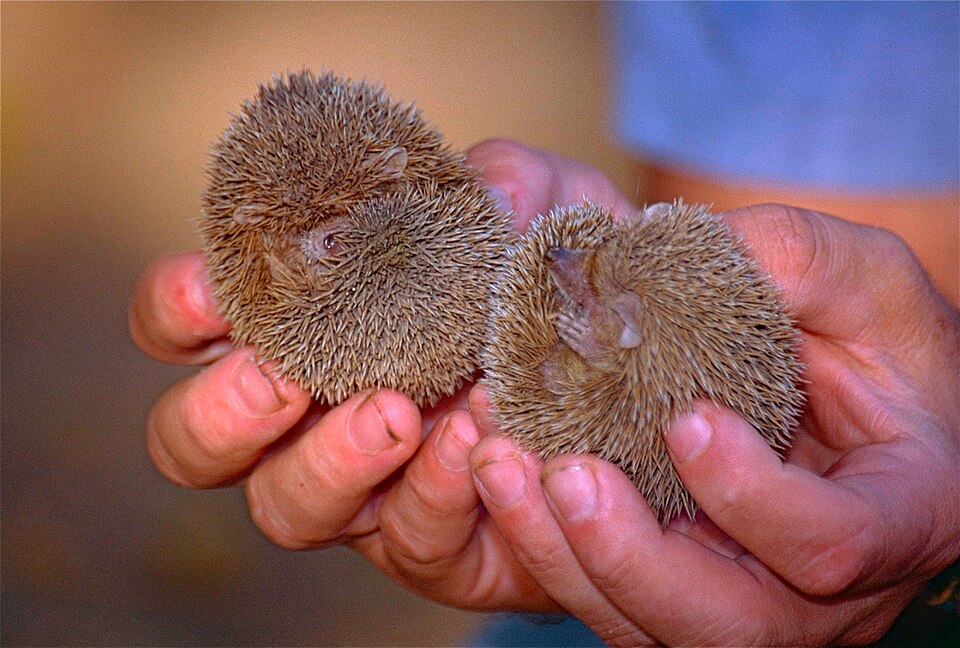
Final Thoughts
Hedgehog Tenrecs are an excellent choice for exotic pet lovers who want something different from the usual small mammals. Their long lifespan, low odor, and fascinating behaviors make them a joy to keep. While they require some specialized care, their hardiness and interactive nature make them well worth the effort.
If you’re considering a Hedgehog Tenrec, we recommend connecting with experienced breeders to ensure you get a healthy, well-socialized animal. With proper care, these little spiky explorers can become a beloved part of your household for years to come.
Have you kept a Hedgehog Tenrec? Share your experiences in the comments!
For more exotic pet guides, stay tuned—and don’t forget to subscribe for updates! 🦔

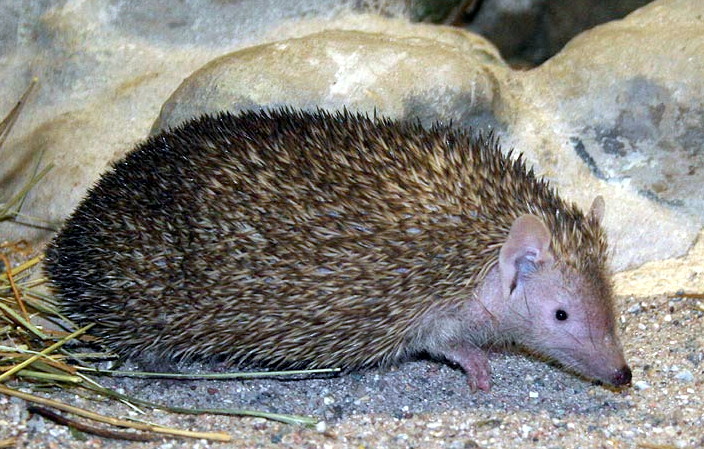


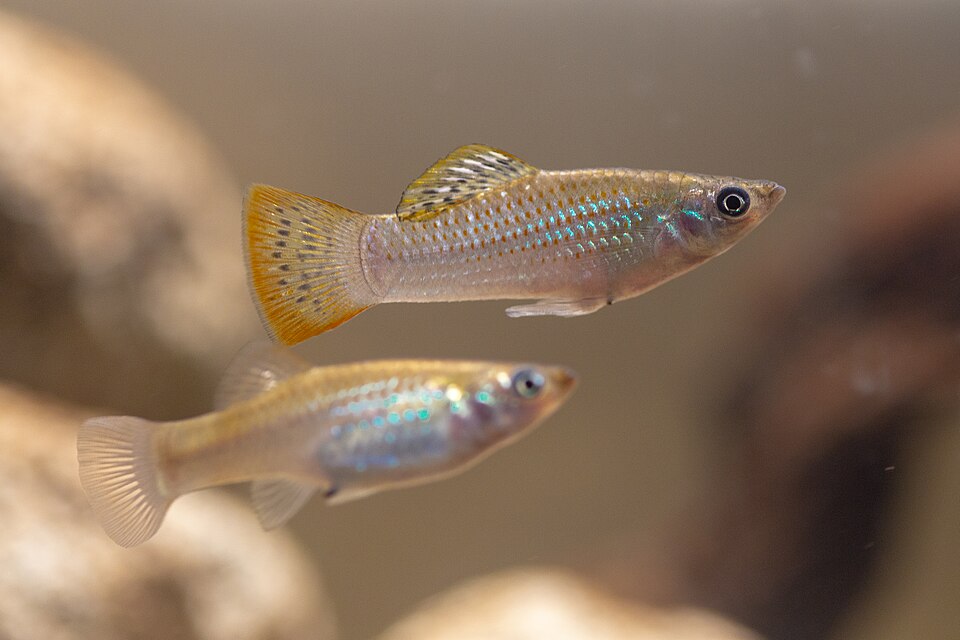
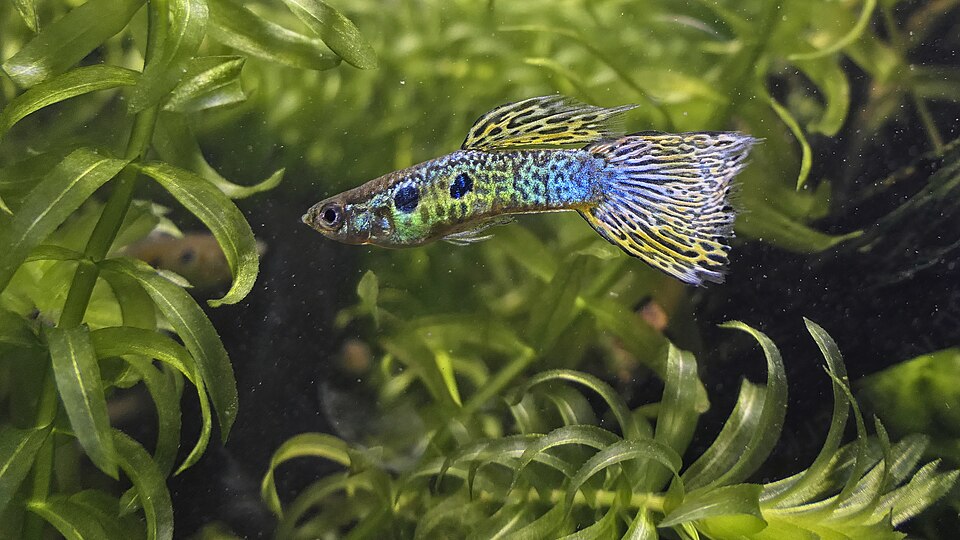
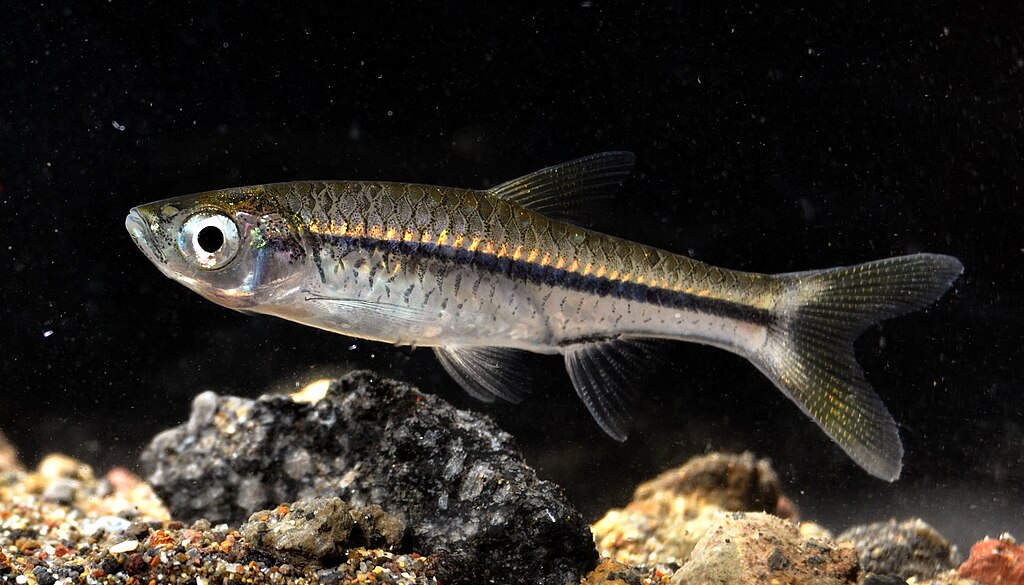
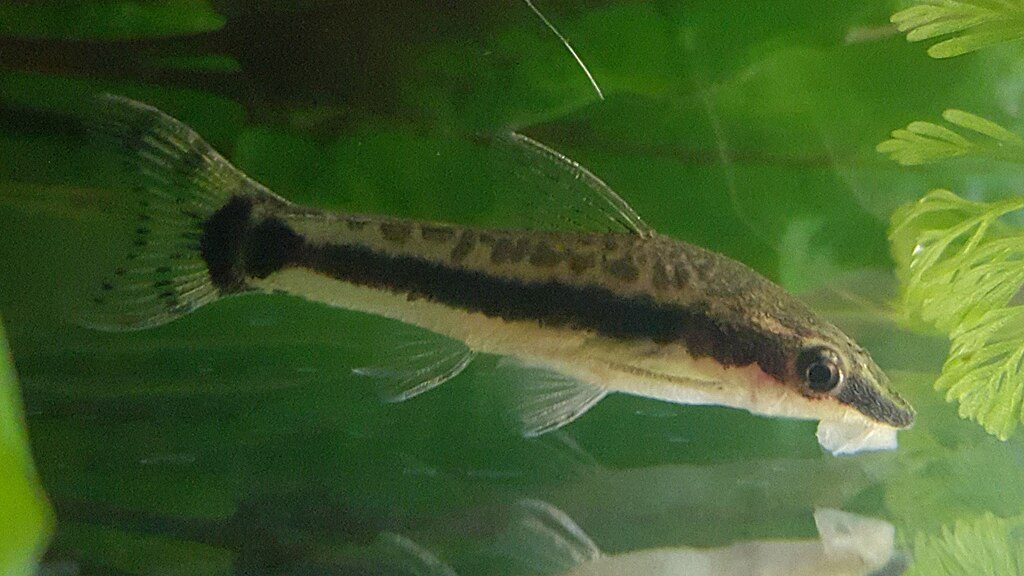
Leave a Reply